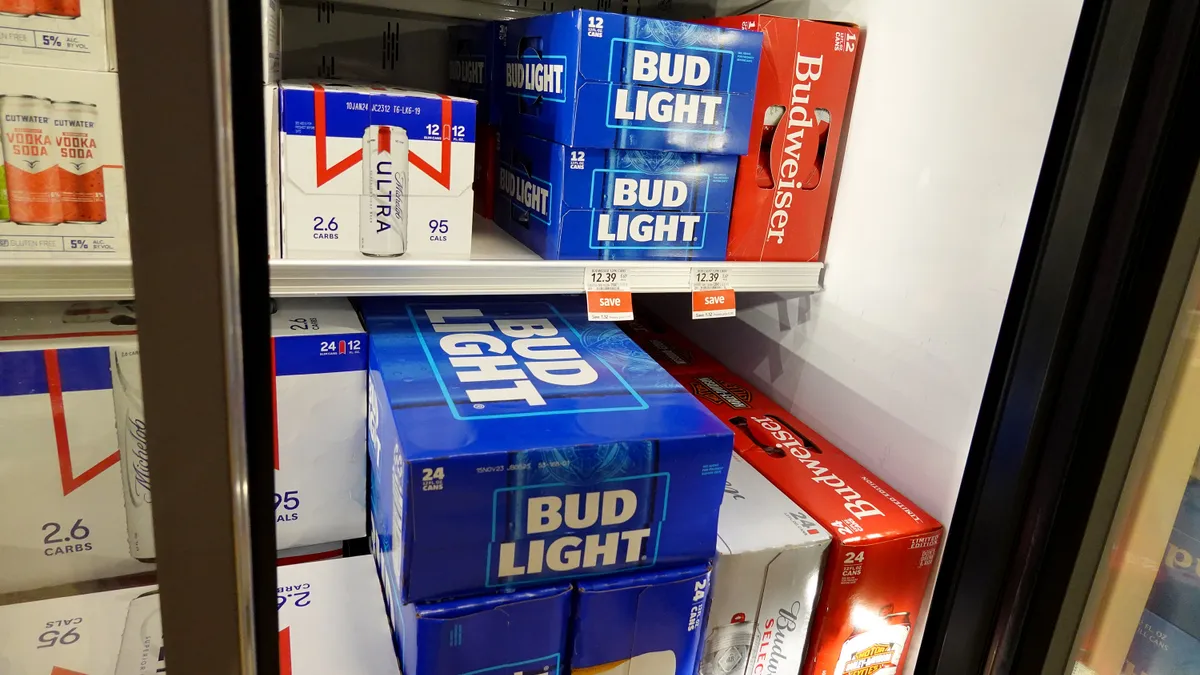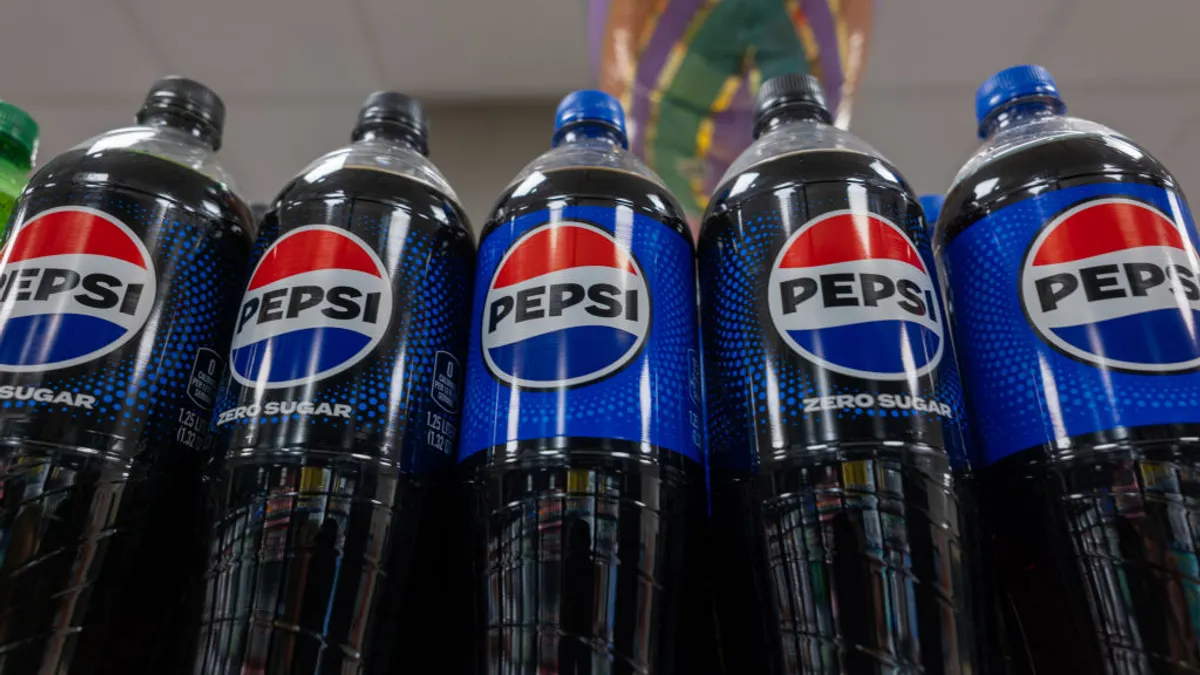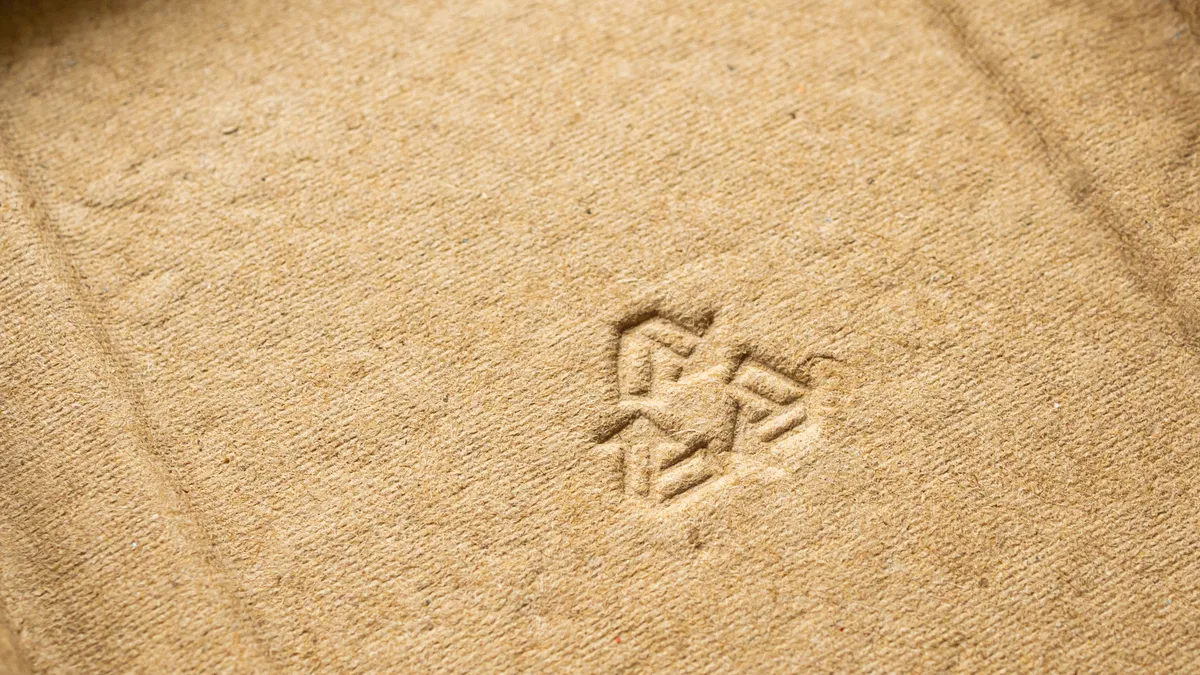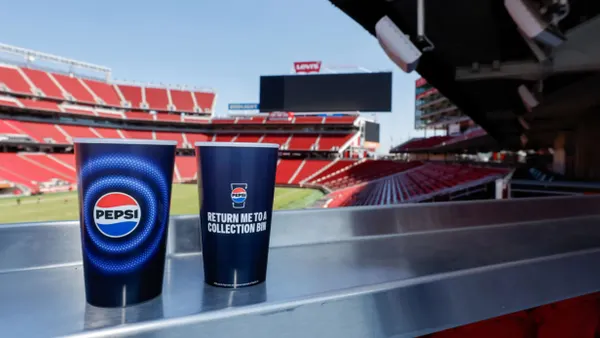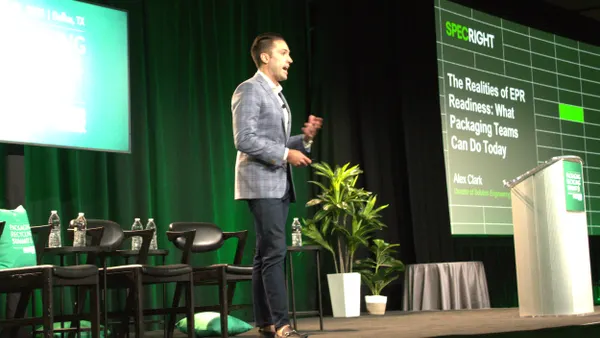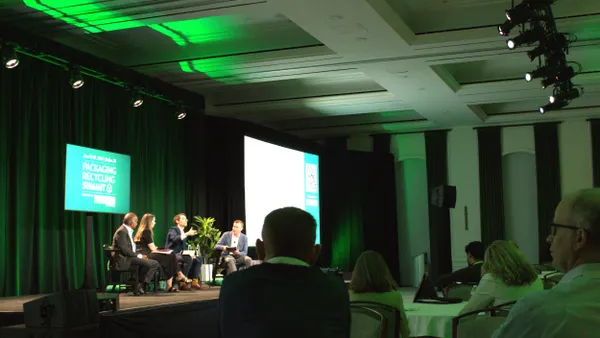As Q2 beverage sales wrapped up, June 2024 brought record-breaking summer heat. But did it also bring demand from thirsty consumers? How those temperatures played a role in beverage brands’ and packaging suppliers’ sales performance amid consumer strain and a confluence of other economic factors wasn’t entirely clear from recent earnings reports.
Among carbonated soft drink companies, Coca-Cola beat analysts’ expectations for the second quarter after raising prices and notching revenue increases. Higher prices also drove results at Keurig Dr Pepper, whose soda sales were strong relative to energy drinks.
In beer, Anheuser-Busch InBev’s Bud Light, still reeling from a boycott that began last year, has fallen to third in mass beer sales behind Constellation Brands’ Modelo Especial and fellow AB InBev offering Michelob Ultra, according to an analysis of NielsenIQ data by industry consultant Bump Williams. AB InBev, a customer that represents more than a tenth of sales for Ball, has shifted some marketing dollars from reviving Bud Light to pushing Michelob Ultra. Brewers including Anheuser-Busch and Heineken are also being impacted by weakness in certain parts of Asia and South America.
Here’s what can-makers have said about consumption trends during recent earnings discussions:
Ball
“I think the U.S. is different than the rest of the world. It's a pretty stark contrast,” said Ball CEO Dan Fisher. “You even see it in one of the major brewers — they're growing at the high-end brand and they're growing at the low-end brand,” he said. High-end brands can afford more innovation and advertising “because people are willing to pay for it,” said Fisher, while the low end is a value play.
Ball’s beverage packaging volumes were up 1.1% in North and Central America during the quarter.
“I don't see a lot more downside on the end consumer. We've been living it, though, for about 18 months. So we've seen the trade-downs, and then we've seen the less frequent purchases,” and therefore adjusted cost structure accordingly, he said.
Commenting on the potential for an interest rate cut and clarity on the election: “All of those things tend to translate into a bit more optimism probably from us and our competitors,” he said.
In Europe, as well as the Middle East and Africa region, Ball’s business is heavier on energy drinks. The company started to see some inflation relief in the second quarter. “The end consumer was strengthening in pockets,” said Fisher.
Crown Holdings
Crown Holdings reported a 6% increase in global beverage can volumes in the second quarter, with North American volumes up 9%.
CEO Tim Donahue said Crown anticipates sparkling water and ready-to-drink cocktails will continue to sell well. It remains to be seen whether carbonated soft drink makers can reinvigorate the market for soda, he said.
Asked about the impact of elevated temperatures in June on demand for beverages, Donahue said it’s hard to say, noting that one could also make the argument that it’s so hot that fewer people are going outside for picnics, for example. “Now, having said that, we did sell a little more,” Donahue said. But overall, “I think we see a market that's pretty healthy given a consumer that's under stress and given pretty large inflation in the product,” he said.
Ardagh Metal Packaging
Ardagh Metal Packaging’s global beverage shipments grew 3% year over year. The company reported softer demand in the energy drinks category, which represents about 11% of its portfolio; it lowered its outlook for shipment growth this year. But sparkling waters and cocktails are strong. “We're growing into beer” with contractual gains, said CEO Oliver Graham, though the company is less involved in the mass beer market in the U.S.



